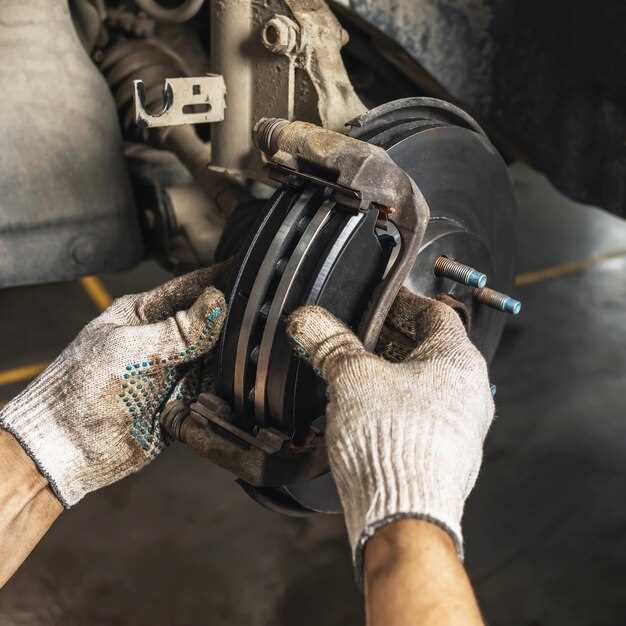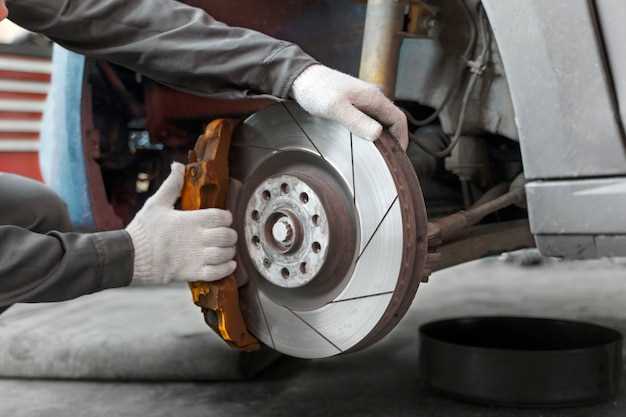
Regular brake inspections are crucial for the safety of both the driver and passengers in any car. Brakes are one of the most vital components of a vehicle, directly influencing its ability to stop and respond effectively to various driving conditions. Ensuring that your braking system is in optimal condition not only enhances the safety of your car but also prolongs the lifespan of the vehicle as a whole.
Understanding when to schedule a brake inspection can make a significant difference. Many drivers overlook this essential maintenance task until they’re faced with issues, such as longer stopping distances or unusual noises. By familiarizing yourself with the signs that indicate a brake check is necessary, you can take proactive steps to avoid potential hazards on the road.
This guide will provide you with insights on how to time your brake inspections effectively. From recognizing warning signals to knowing the recommended maintenance schedule, we will equip you with the knowledge required to keep your car’s braking system in peak condition for ultimate safety.
Signs Your Brakes Need Immediate Attention
Identifying critical signs that your car’s brakes require immediate inspection is essential for your safety. The first indication is a squeaking or squealing sound when you apply the brakes, which often suggests worn brake pads that need replacement.
Another alarming sign is a grinding noise, indicating that the brake pads are completely worn out and the metal components are coming into contact with each other. This situation not only compromises braking performance but also damages the rotors.
If you experience a vibration or shaking in the steering wheel or brake pedal during braking, it could point to warped rotors or uneven brake pad wear. This condition necessitates immediate inspection to prevent further damage.
A pulling sensation when braking can signify that there is a problem with the brake caliper or an issue with the brake fluid. This issue could lead to uneven brake application, increasing the risk of an accident.
Additionally, if your car’s dashboard displays a brake warning light, it indicates a potential issue with the braking system that requires prompt attention. Ignoring this warning can result in serious consequences.
Finally, if you notice a decrease in your car’s braking performance, such as increased stopping distance or a soft brake pedal, act quickly to have your brakes inspected. These symptoms can stem from various issues, including low brake fluid or air in the brake lines.
Optimal Timing for Regular Brake Checks

Regular brake inspection is essential for maintaining the safety of your car. Understanding the optimal timing for these checks can prevent costly repairs and dangerous situations on the road.
It is advisable to have your brakes inspected at least once a year, regardless of mileage. However, if you frequently drive in urban areas with heavy traffic or in mountainous regions, more frequent checks can be beneficial. These conditions enhance brake wear and may necessitate inspections every six months.
Additionally, pay attention to any warning signs that may indicate a need for immediate inspection. Unusual noises, such as grinding or squeaking, vibrations when braking, or a longer stopping distance are critical indicators that your car requires prompt evaluation.
Seasonal changes also play a role in determining the best timing for brake checks. Before winter or after a long road trip, it’s wise to inspect your brakes to ensure they are prepared for any challenges posed by adverse weather conditions or increased driving demands.
Finally, keep in mind that following your car manufacturer’s recommendations for brake maintenance schedules is crucial. Regular upkeep combined with timely inspections will not only enhance safety but will also extend the lifespan of your braking system.
DIY Brake Inspection: What to Look For

Conducting a DIY brake inspection is essential for ensuring your car’s safety. Start by examining the brake pads. Look for signs of wear, such as reduced thickness. If the pads appear to be less than 1/4 inch thick, it’s time for a replacement.
Next, inspect the brake rotors. Check for grooves, cracks, or discoloration. A smooth surface is crucial for optimal braking performance. If you notice any significant damage, you may need to replace the rotors as well.
Don’t forget to examine the brake fluid level. A low fluid level could indicate a leak in the braking system. Ensure that the fluid is clean and free from contaminants. If the fluid appears dark or murky, consider flushing the system.
Also, listen for unusual noises while braking. Squeaking or grinding sounds can indicate that the pads are worn out or that something is wrong within the brake system. Pay attention to vibrations felt through the pedal, as these may signal issues with the rotors.
Finally, check the brake lines for any signs of wear or leaks. Cracks or bulging in the lines can jeopardize braking efficiency. Always tighten any loose connections. Regular inspection helps maintain the reliability of your car’s braking system and ensures your safety on the road.




